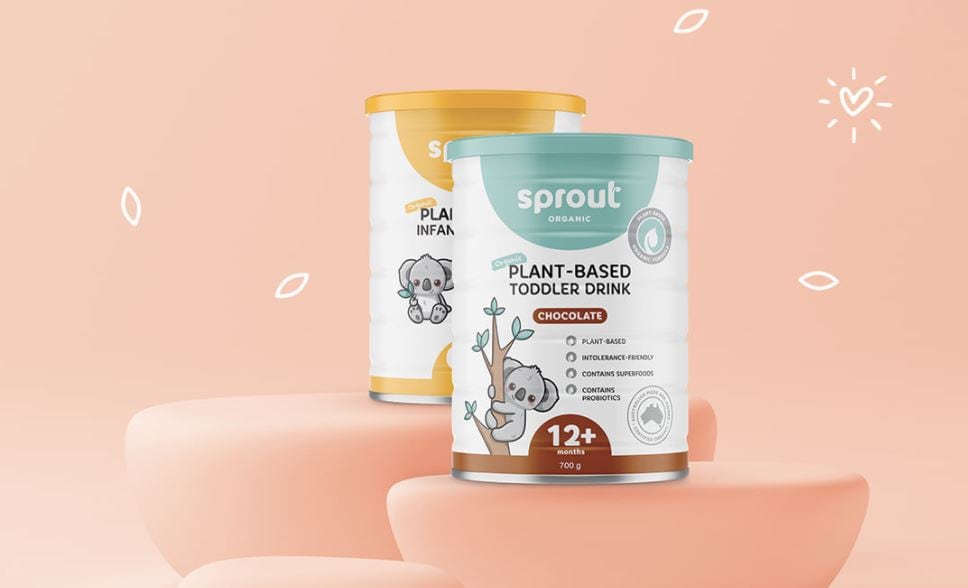The experts convened at the Healthy Snacking session of our recent Growth Asia Interactive Broadcast 2021 series, organized by FoodNavigator-Asia and NutraIngredients-Asia. [Watch again on-demand here.]
The panel was comprised of Mars Wrigley General Manager Asia Patrick Gantier, US Daiey Export Council Technical Director for Food Applications Martin Teo, Dole Packaged Foods VP and MD APAC Aashim Malhotra, Eat Real International Sales Manager Yumi Chan, AI Palette Head of Innovation Salomi Naik, and Sweegen Director of Business Development Imtiaz Chaglani.
The session was hosted by FoodNavigator-Asia and NutraIngredients-Asia Editor-in-Chief Gary Scattergood and included a keynote discussion with Gantier and a sponsor presentation by Teo.
The panel agreed that snacking in general and healthy snacking in particular is rapidly on the rise in the Asia Pacific region, especially with many consumers having developed a habit of eating many small meals and snacking through the day during the COVID-19 lockdowns.
“Meals have very much changed today, where consumers are now looking for more fragmented meals as they prefer to eat in front of screens, and also a reduction in the size of meals,” Gantier told the audience.
“When it comes to healthy snacking, adjusting portion sizes is a very important strategy for Mars Wrigley as it not only meets consumer demands, but also serves as a good way to offer consumers the same experience of a snack, anywhere in the world, in a more permissible amount.
“For a company like Mars where many of our products are hugely iconic, having standardized quality everywhere we are present is very important to us, so even though we do also engage in reformulation for healthy snacking as well as acquisitions of healthier products, portion sizes are a very major part of the equation for us and we have already seen some good results in Asia with our bite-sized products.
“A major trend in Asia when it comes to healthy snacking is that consumers continue to be on-the-go – much less in the pandemic but still happening if considering the number of convenience stores in the region – and Asian consumers are on the lookout for ultra-fast convenient snacking solutions.”
Naik concurred, highlighting that consumers today are on the lookout for options that fit well into a busy lifestyle.
“Asian consumers are pretty time-starved, so when looking for snacks they will look at products that can provide them with the health benefits they are looking for yet also are able to fit into their fast-paced lifestyles,” she said.
“COVID-19 has also had significant impact [on the context of convenience] depending on the location – in general it spurred online buying, but if looking at markets badly hit by the pandemic such as India, people want to buy products that are easy to store and have a longer shelf-life so as to avoid going to the store; whereas in places which are opening up such as China, the preference is for products that can cater to social occasions and bigger groups which are good for sharing.”
Nutrition and taste
At the very basis of healthy snacking lies consumer demand for healthier products that can be consumed to obtain benefits, particularly added nutrition.
“The main health benefits consumers want are nutrient -rich products, such as getting protein and fibre, yet at the same time they don’t want to consumer large portions to get these benefits, making healthy snacks an ideal solution,” said Naik.
“There is also rising awareness in Asia for products good for the gut and linked to immunity, such as the benefits of prebiotics and probiotics.”
Teo added that adding functional ingredients such as macronutrients and antioxidants to snacks has emerged as a popular way for many manufacturers today to make healthy snacks, and urged more firms to prioritise clean label and product taste as a strategy to attract consumers.
“Clean label is an important way to win over consumers, and it is also important not to forget the taste aspect,” he said.
“Taste still seals the deal when consumers [make their snack choices], and there are many aspects to consider here from balance to full body flavour to mouthfeel, texture and more, but it is crucial because in the end, consumers will be more willing to go healthy if manufacturers can offer them good tasting products.”
Chaglani also highlighted clean label as an increasingly important trend for healthy snacking in the region.
“There is more and more demand for clean label in APAC, where over the past three years we’ve seen a 22% rise in the use of natural sweeteners – this shows that consumers are moving towards clean label and natural solutions, proactively seeking out better products, and manufacturers are responding to this demand,” he said.
Localisation
In addition to convenience and nutrition, the expert panel also concluded that localization has become key to healthy snacking innovation to gain consumer acceptance in the various countries across APAC.
“Asia itself is so huge and local tastes can change every 100 kilometres one moves any which way, so there’s no ‘one type’ of consumer in the region as products will need to be customized differently for North Asia vs South Asia vs ASEAN vs Australia-New Zealand,” said Malhotra.
“At Dole we take a ‘glocal’ approach to innovation and when it comes to localization, the strategy is to be as close as possible to the source of local ingredients we are using, which basically means getting directly into the market and developing locally.
“So where previously we had a few manufacturing facilities around the regions and transported products around fully completed, now we’re moving to outsourcing R&D and knowledge to local partners so as to product locally. Understanding the space and then co-manufacturing in the local countries is very important to grasping what consumers want.
“It’s also important to be flexible, and by this even if it is the same product being sold in India and China, there needs to be analysis done to see how to customize this product for the different localities whether it be from the recipe, ingredients, flavours or otherwise, and bear in mind there is no need to replicate what the product is like in other markets.”
Gantier concurred, adding that even though Mars is very focused on providing consumers with a consistent experience worldwide, regional R&D centres still exist to adapt local flavour variants.
“Our portfolio is made of about 80% products consistent worldwide, and some 20% adapted local variants,” he said.
Chan added that in terms of ingredients, it is also important to understand the market and what sorts of ingredients would work.
“Eat Real has products made from chickpea, lentils, quinoa and veggies, but in when selling in the China market specifically, we know that only quinoa would work due to consumer adoption in the region,” she said.
“In say India perhaps where chickpeas are so prevalent, the chickpea would be a good option but this is different in China where chickpeas practically don’t exist in this manner.”
Challenges
That said, satisfying consumer demands when trying to create healthy products remains quite the challenge, especially when it comes to making items that taste sufficiently good.
“Trying to benchmark products versus what many generations of consumers are used to is a major challenge,” said Malhotra.
“Take for example an Indian consumer in India with a sweet tooth honed over many years and give him a product with no sugar and try to explain how it is healthier, but lacking the intense sweetness he is used to – it’s very difficult and has taken us a lot of trial and error, R&D and market research to figure out how close the recipes can meet the sensorials that consumers are used to.
“It also requires reestablishing the products with trade partners and educating the consumers and finding the best natural sugar alternatives that fit.”
Chan added that retaining consumer loyalty also requires specific strategies, particularly in a market like China which is extremely dynamic and changes very quickly.
“Product life cycles are becoming shorter and shorter, and brands all need to keep innovating quickly to stay relevant,” she said.
“For us as a snack brand, we’ve worked with the University of Cambridge to find the ‘perfect crunch’ and mouthfeel, and are always looking to satisfy consumers’ ‘food moods’, where people will eat according to their emotions e.g. have a relaxing snack when stressed, or a detoxifying one when looking for beauty.”
Gantier stressed that the power of e-commerce needs to be taken into consideration too when innovating healthy snacks, with more consumers spending more time online.
“Online is booming, shopping has been transformed and now we need to find out things like how impulse purchases happen over e-commerce, which is very different from physical retail,” he said.
“There is also a pressing need to find the balance between slightly different portfolios for different channels – for example, selling Snickers bar by bar is good for the convenience store format, but it is not the same for e-commerce, so now we must relook the way we think of products, product sizes and so on to suit this new omnichannel development.”




